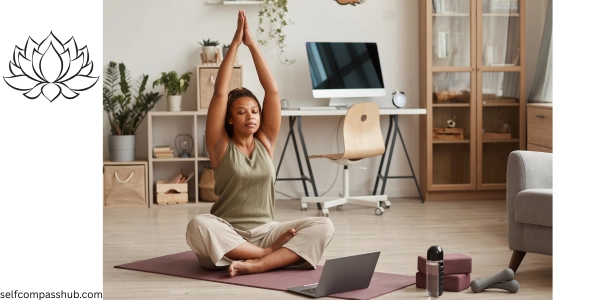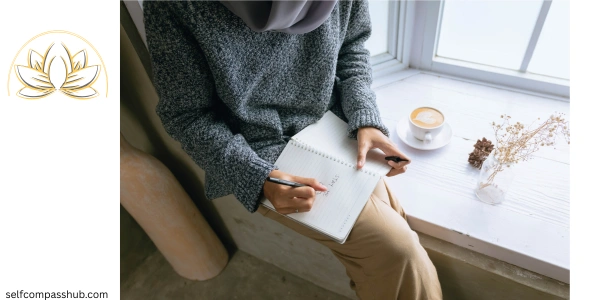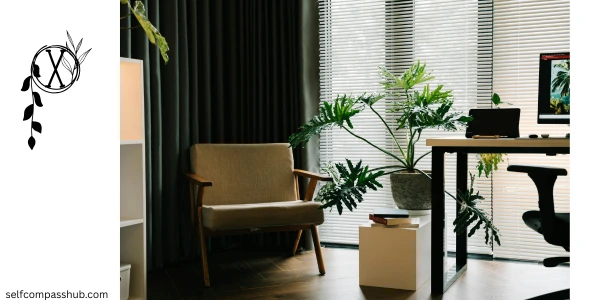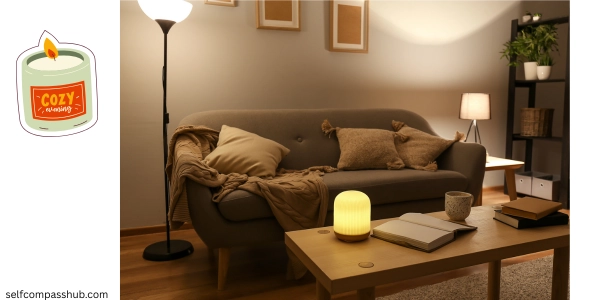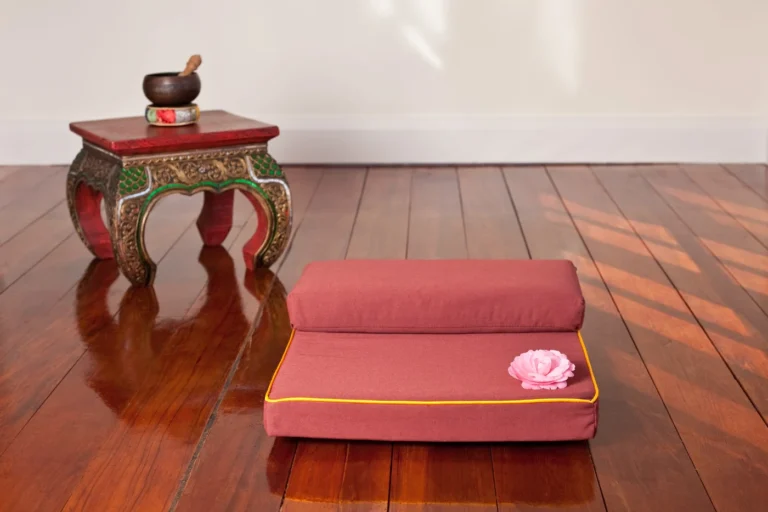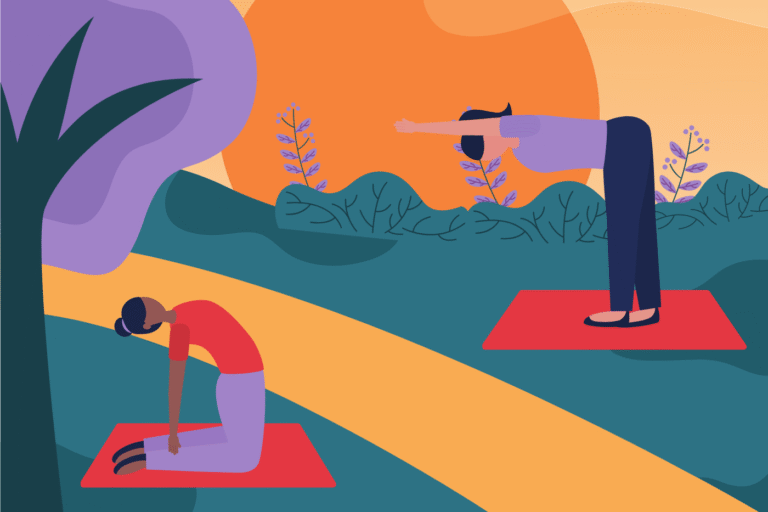In our fast-paced world, taking time for self-care isn’t just a luxury – it’s essential for maintaining balance and preventing burnout. A personal wellness day is a powerful way to reset your mind and body while nurturing your overall health. Whether you have a full day, half day, or just a few hours to spare, these ideas will help you create a rejuvenating wellness experience tailored to your needs.
Morning Rituals for Mindful Beginnings
Start with intention: Begin your wellness day by setting a clear intention. Ask yourself what you need most – rest, creativity, movement, or connection – and let this guide your day’s activities.
Digital detox: Consider putting your phone on “do not disturb” or even turning it off completely. The constant notifications and information flow can prevent true relaxation.
Morning meditation: Take 10-15 minutes to center yourself through meditation or deep breathing exercises. Apps like Calm, Headspace, or simply a guided meditation from YouTube can help if you’re new to the practice.
Nourishing breakfast: Prepare a wholesome breakfast that combines protein, healthy fats, and complex carbohydrates. Take time to enjoy each bite mindfully, appreciating the flavors and textures.
Physical Wellness Activities
Gentle movement: Rather than an intense workout, opt for activities that energize without depleting your resources:
- A nature walk or hike
- Gentle yoga flow
- Tai chi in the park
- Swimming or floating in water
- Dancing to music you love
Bodywork: Consider scheduling a massage, acupuncture session, or other bodywork that addresses physical tension. If professional services aren’t accessible, self-massage tools like foam rollers can provide relief.
Restorative yoga: End your physical activities with restorative yoga poses using pillows, blankets, and bolsters to support deep relaxation. Even 20 minutes in supported positions can reset your nervous system.
Nourishing Your Body
Hydration station: Create a special hydration routine with infused waters (cucumber, mint, berries), herbal teas, or a homemade electrolyte drink.
Meal planning without pressure: Rather than complicated recipes, focus on simple, nourishing foods with plenty of vegetables, lean proteins, and whole grains. Consider preparing a beautiful platter with colorful foods that appeal to all senses.
Mindful eating practice: For at least one meal, practice complete presence. Notice colors, aromas, textures, and flavors. Put your utensils down between bites and chew thoroughly.
Mental Wellbeing Practices
Journaling session: Set aside 20-30 minutes for reflective writing. Prompts might include:
- What am I grateful for today?
- What is taking up mental space right now?
- What small changes would make my daily life more fulfilling?
- What boundaries do I need to establish or maintain?
Creative expression: Engage in a creative activity without judgment or pressure to produce something “good.” Options include:
- Coloring or drawing
- Creative writing
- Playing an instrument
- Singing
- Dancing
- Photography
Learning something new: Dedicate time to learning something purely for pleasure – perhaps a few phrases in a new language, a historical topic that fascinates you, or basics of stargazing.
Environment and Atmosphere
Create a sanctuary: Spend time making your space conducive to relaxation – clean up clutter, change bed linens, open windows for fresh air, or rearrange furniture for better flow.
Nature connection: Aim for at least 20 minutes outdoors. Research shows this amount of time significantly lowers stress hormone levels. Focus on the sensory experience – the feel of breeze, scents in the air, textures of plants.
Aromatherapy: Use essential oils in a diffuser, as a room spray, or in a bath. Lavender promotes relaxation, citrus energizes, and peppermint refreshes and clears the mind.
Evening Wind-Down
Digital sunset: At least 1-2 hours before bedtime, disconnect from screens and their stimulating blue light.
Relaxation ritual: Create a pre-sleep routine that signals to your body it’s time to rest:
- A warm bath with Epsom salts and essential oils
- Gentle stretching or yin yoga
- Reading fiction or poetry
- Listening to calming music
Reflection practice: End your wellness day by noting three things that went well and one thing you learned about yourself. Consider writing a brief plan for incorporating one small wellness practice into your regular routine.
Customizing Your Wellness Day
Remember that true self-care is responsive to your current needs. Some days might call for active movement and social connection, while others require solitude and rest. Here are some themes to consider for your wellness day:
|
Wellness Theme |
Focus Areas |
|---|---|
|
Outdoor wellness day |
Hiking, forest bathing, picnicking, reconnecting with nature |
|
Creative wellness day |
Artistic pursuits, visiting galleries, exploring new forms of expression |
|
Social wellness day |
Meaningful connections with supportive friends and loved ones |
|
Intellectual wellness day |
Museum visits, documentaries, podcasts, exploring fascinating topics |
|
Complete rest day |
Permission to nap, read, and move slowly with zero productivity expectations |
Final Thoughts
“Self-care is not self-indulgence, it is self-preservation.” – Audre Lorde
The most important element of a successful wellness day is releasing expectations and cultivating presence. Rather than trying to “achieve” relaxation or check off a list of activities, approach the day with flexibility and self-compassion. Notice what truly helps you feel restored and make note for future self-care practices.
Even incorporating just a few of these ideas can create a meaningful reset for your mind and body. Consider scheduling wellness days regularly – whether monthly, quarterly, or when you feel the early signs of burnout approaching. Your future self will thank you for this investment in your wellbeing.
What wellness practice will you try first?


